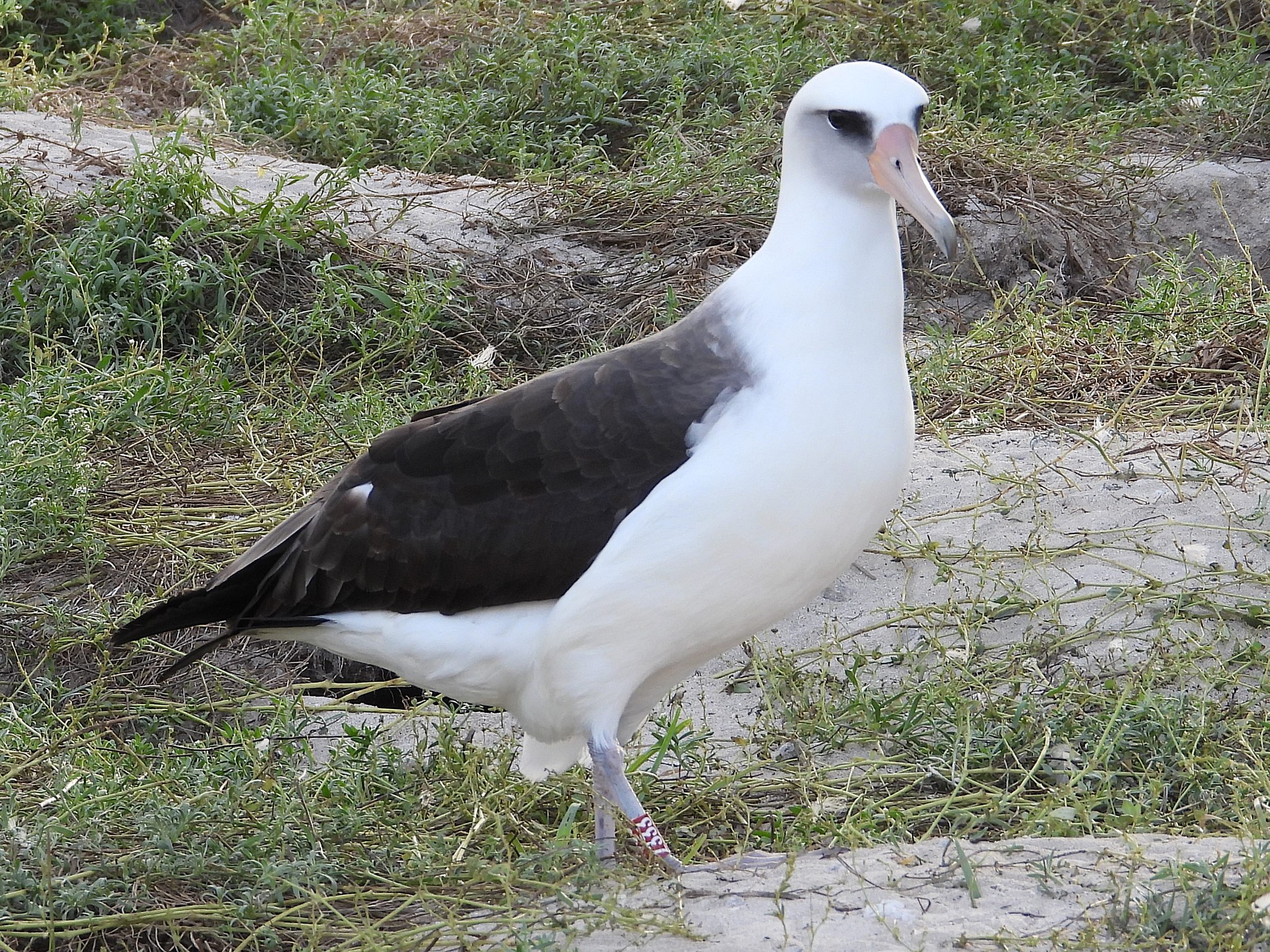 Wisdom shows her well-known red colour band Z333, photograph by Jon Plissner, USFWS
Wisdom shows her well-known red colour band Z333, photograph by Jon Plissner, USFWS
UPDATE:
"This year’s return marks a slightly earlier arrival for Wisdom compared to recent seasons. Refuge staff are delighted to announce her mate has arrived on November 25! He is banded as EX25 and does not [yet] have a name. Although Wisdom is not on our live camera, we are so excited to see a potential egg in the near future." {click here}.
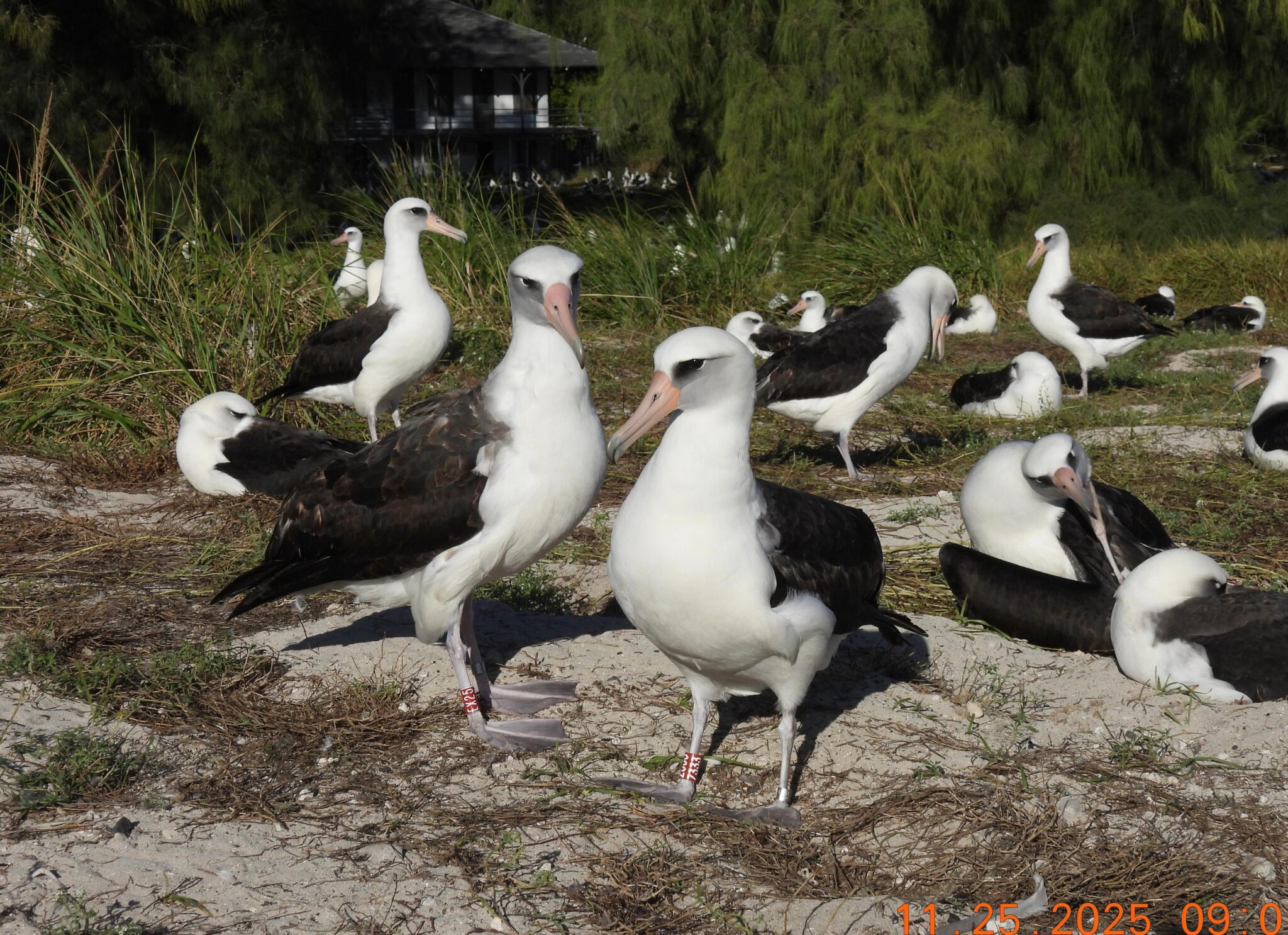 Wisdom and her mate, EX25, find each other, photograph by Chris Forster, 25 November 2025
Wisdom and her mate, EX25, find each other, photograph by Chris Forster, 25 November 2025
*****************************************
At approximately 75 years old, Wisdom, the oldest known Laysan Albatross Phoebastria immutabilis, has been seen back on Midway Atoll this month as the 2025/26 breeding season gets underway.
“Biologists [Chandler Robbins] first banded Wisdom in 1956 on Midway, after she laid an egg, and Laysan albatross typically don’t breed before age 5. In her extraordinary lifetime, she is estimated to have produced 50-60 eggs, with as many as 30 chicks fledged! Her arrival this year is slightly earlier than usual, though her mate from last year has not yet been observed by refuge staff. Last [2024/25] season, Wisdom successfully laid an egg. Unfortunately, this chick did not fledge, as not all eggs will survive to fledging every year.”
Information from the Facebook page of the Friends of Midway Atoll National Wildlife Refuge and here.
Read more about Wisdom in numerous articles posted to ACAP Latest News over the last decade or so.
You can now follow the 2025/26 breeding season for Laysan Albatrosses on Midway via a live “albicam”.
John Cooper, Emeritus Information Officer, Agreement on the Conservation of Albatrosses and Petrels, 25 November 2025

 English
English  Français
Français  Español
Español 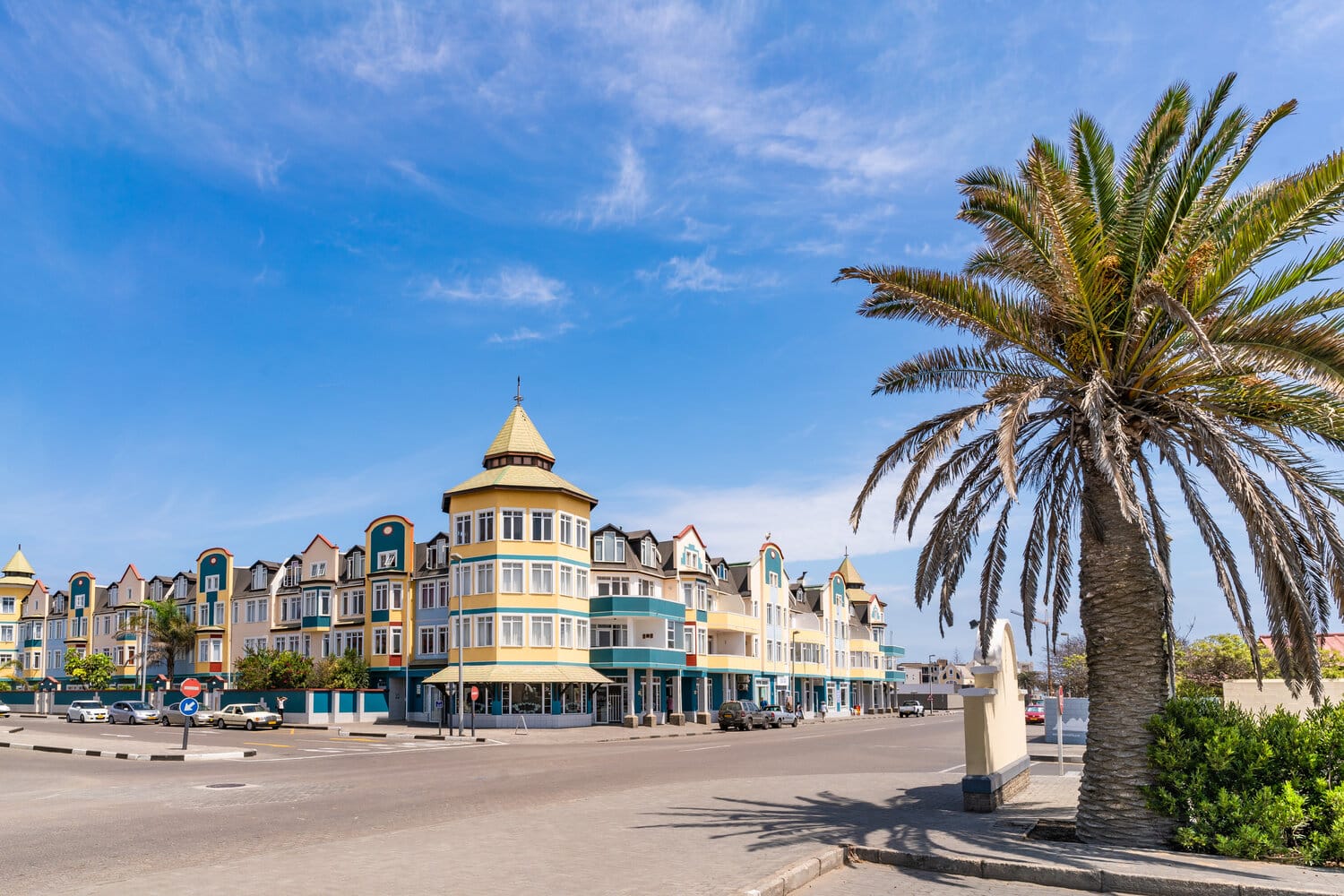 Swakopmund is a coastal town situated on the edge of the Namib Desert
Swakopmund is a coastal town situated on the edge of the Namib Desert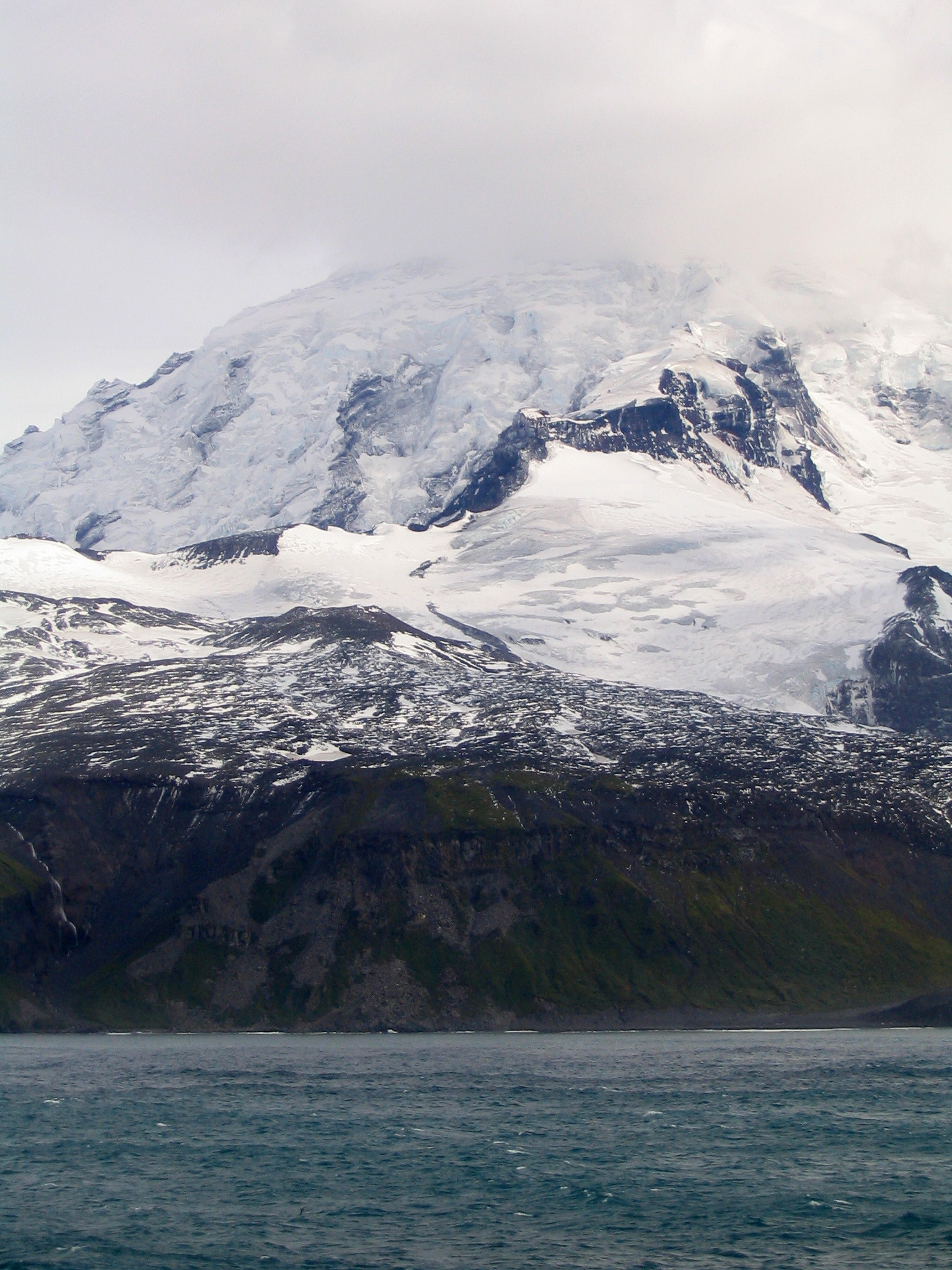 Heard Island, photograph by Barbara Wienecke
Heard Island, photograph by Barbara Wienecke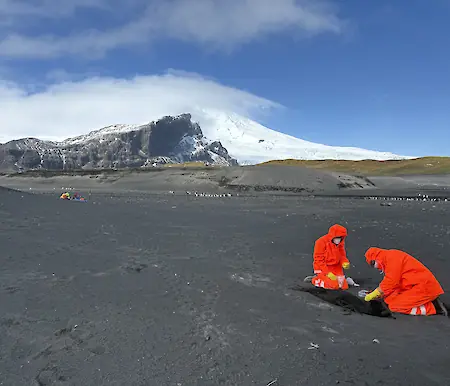 Wildlife ecologists taking samples from deceased animals at Atlas Cove, Heard Island, photograph by Rowena Hannaford
Wildlife ecologists taking samples from deceased animals at Atlas Cove, Heard Island, photograph by Rowena Hannaford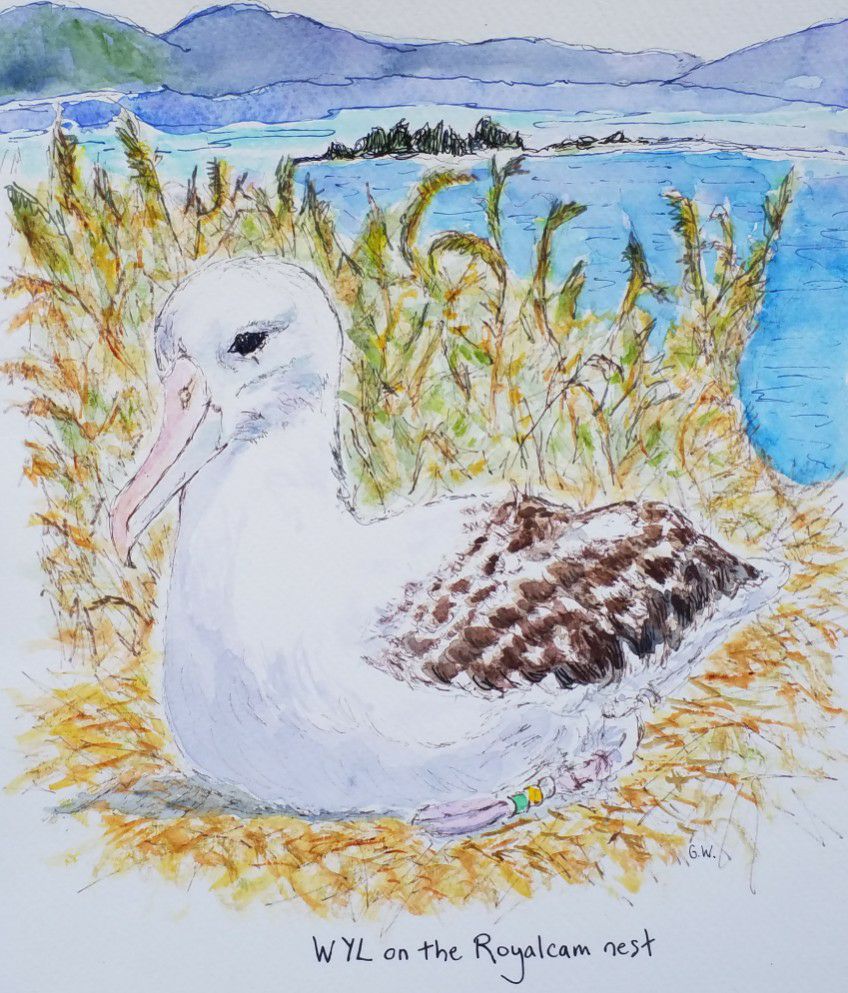 “My first painting of the 2025-2026 Royal family”, artwork by Gill Winter, photograph from the Department of Conservation
“My first painting of the 2025-2026 Royal family”, artwork by Gill Winter, photograph from the Department of Conservation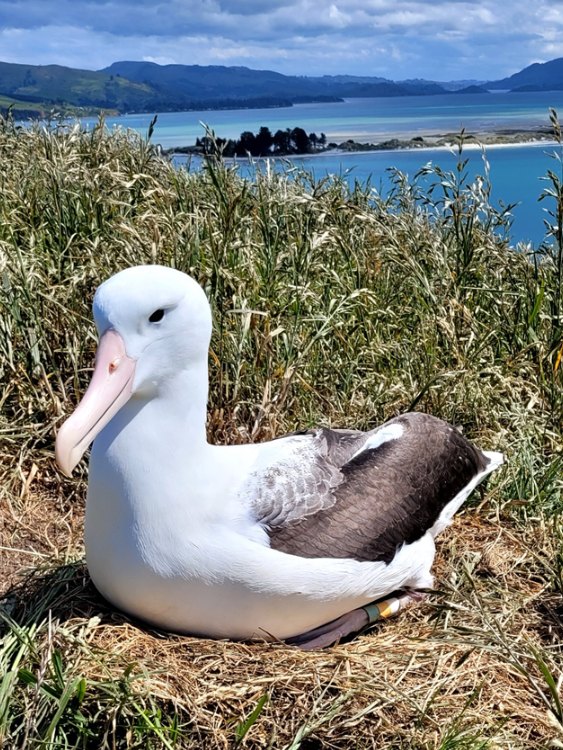 The Royal Cam female for 2025/26 shows her colour bands while incubating her fertile egg, photograph from the Department of Conservation
The Royal Cam female for 2025/26 shows her colour bands while incubating her fertile egg, photograph from the Department of Conservation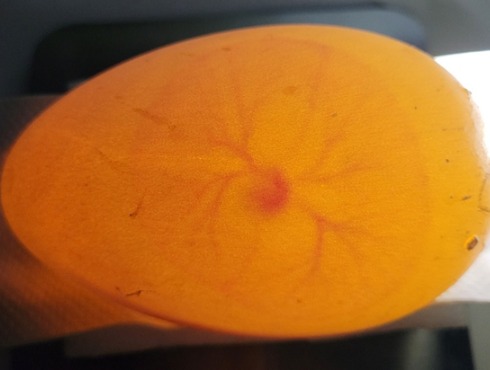 A candled Northern Royal Albatross egg shows the embryo and blood vessels signifying it is fertile, photograph from the Department of Conservation
A candled Northern Royal Albatross egg shows the embryo and blood vessels signifying it is fertile, photograph from the Department of Conservation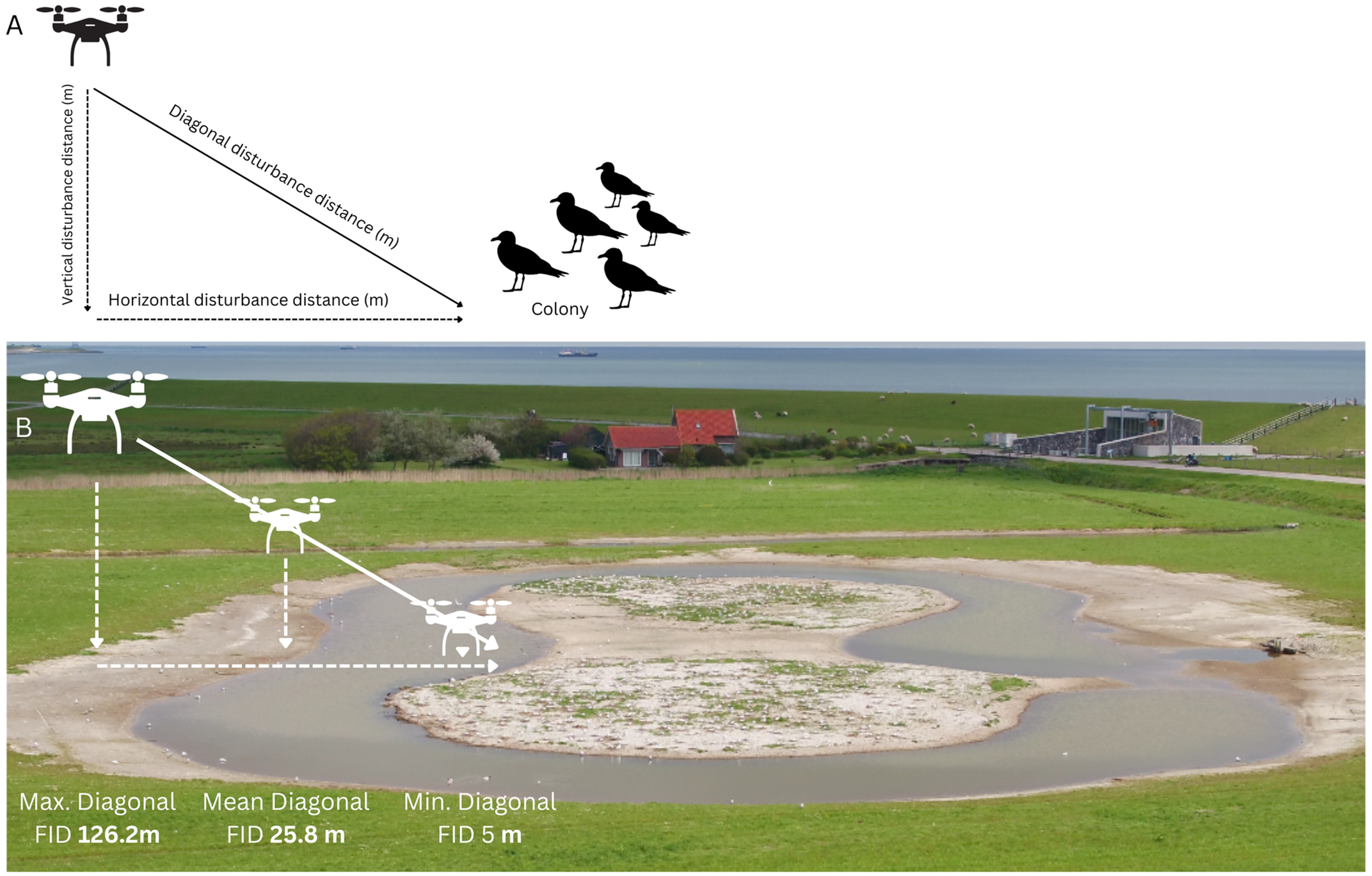 Maximum, mean and minimum diagonal flight initiation distances at a Black-headed Cull colony, from the publication.
Maximum, mean and minimum diagonal flight initiation distances at a Black-headed Cull colony, from the publication.